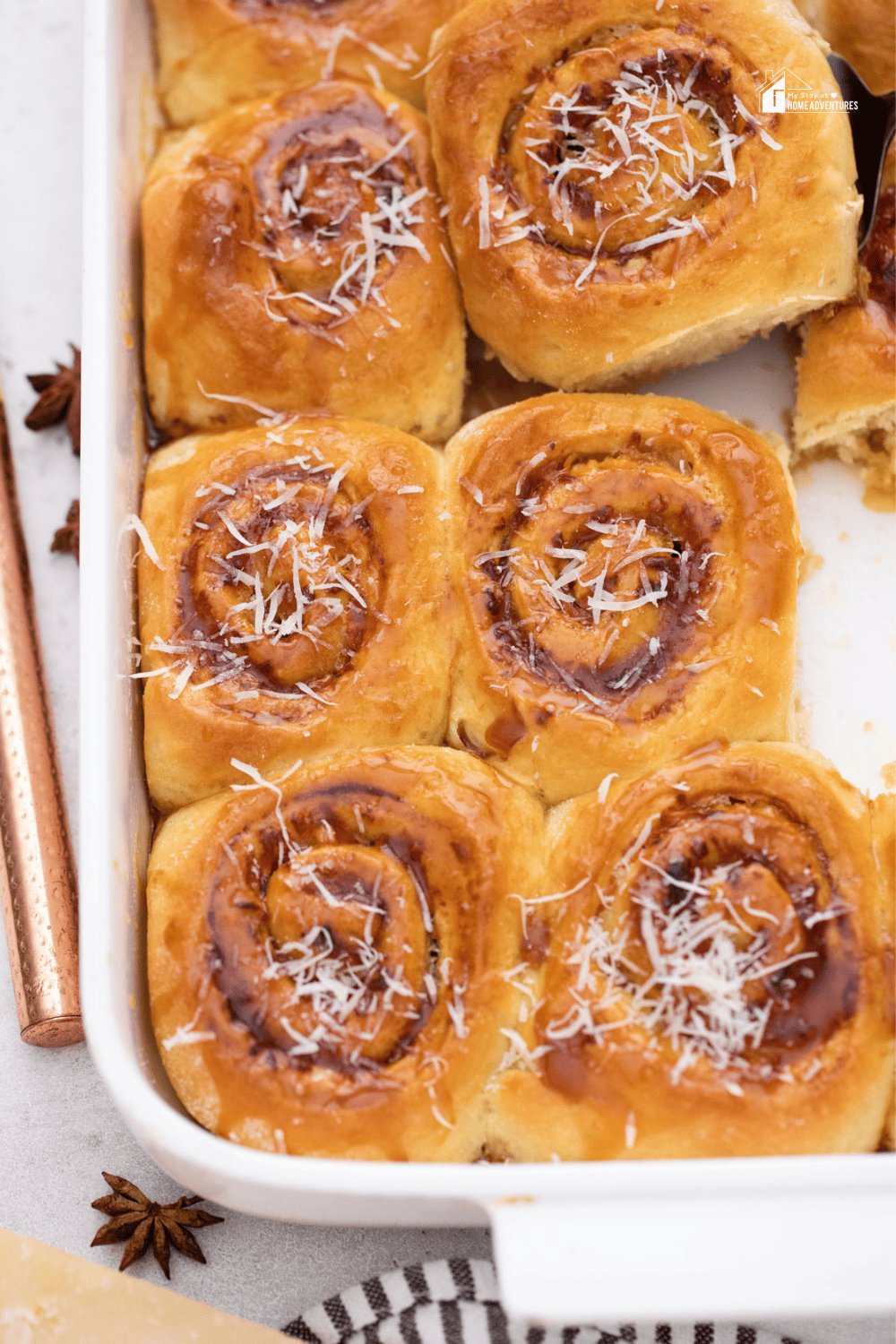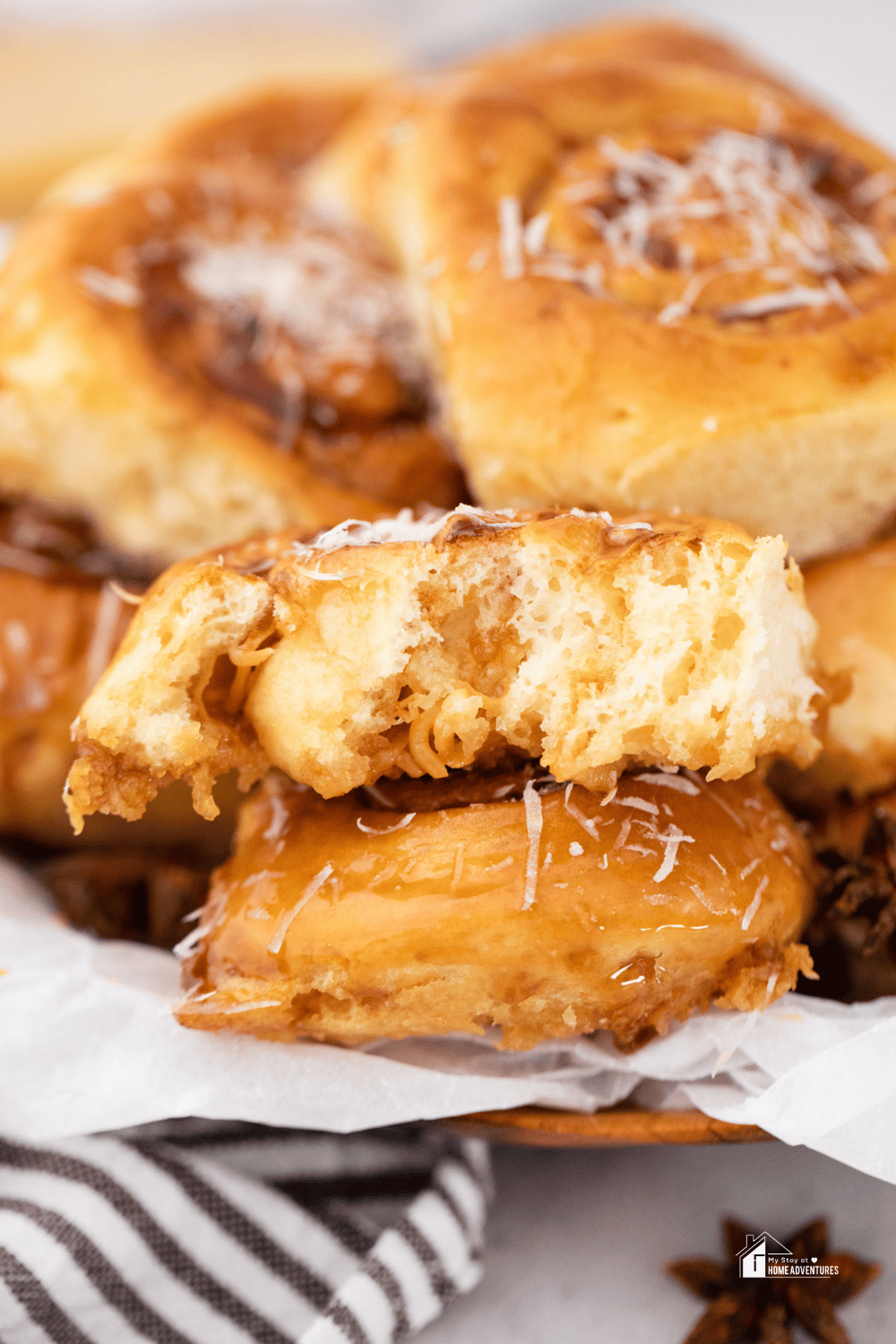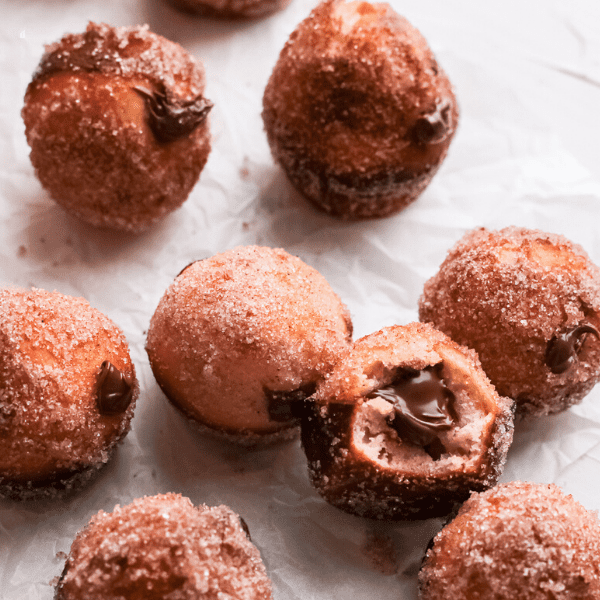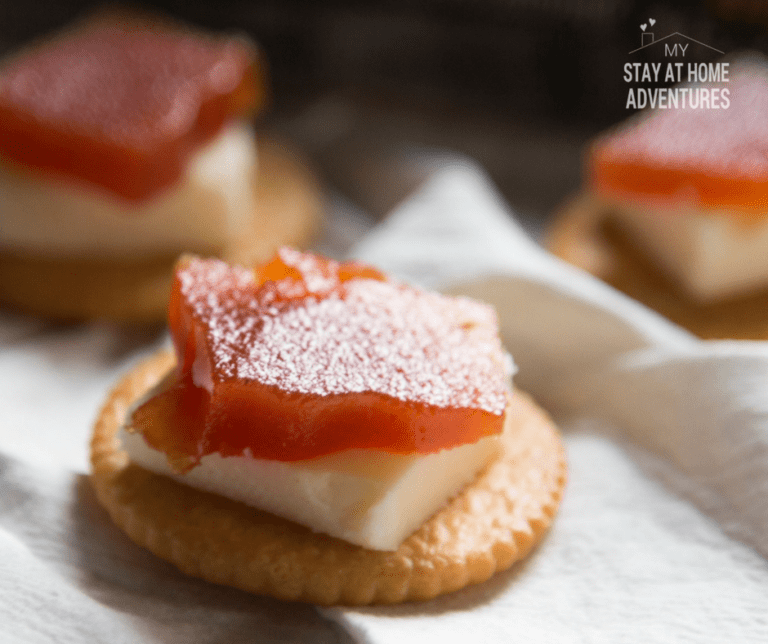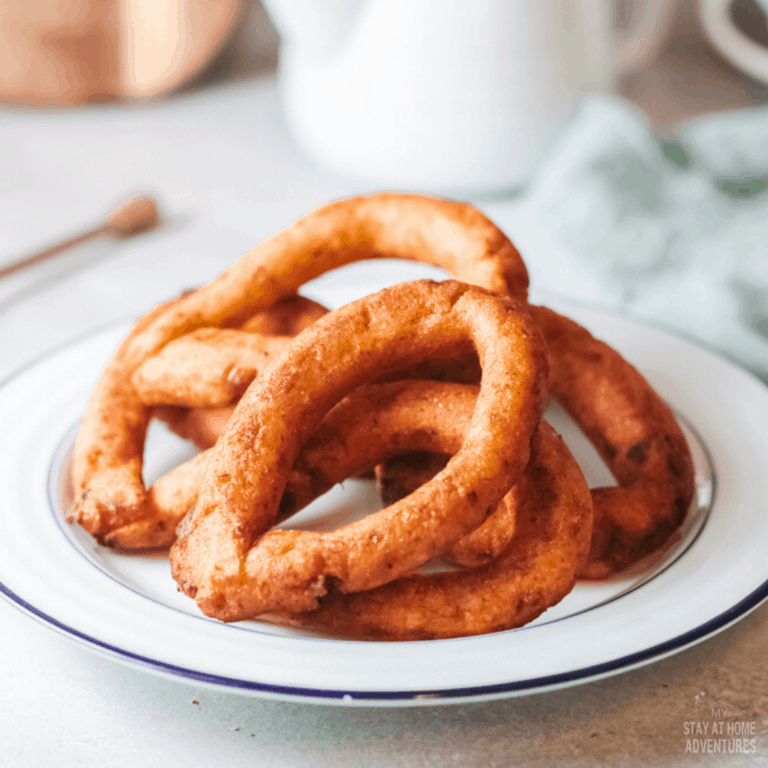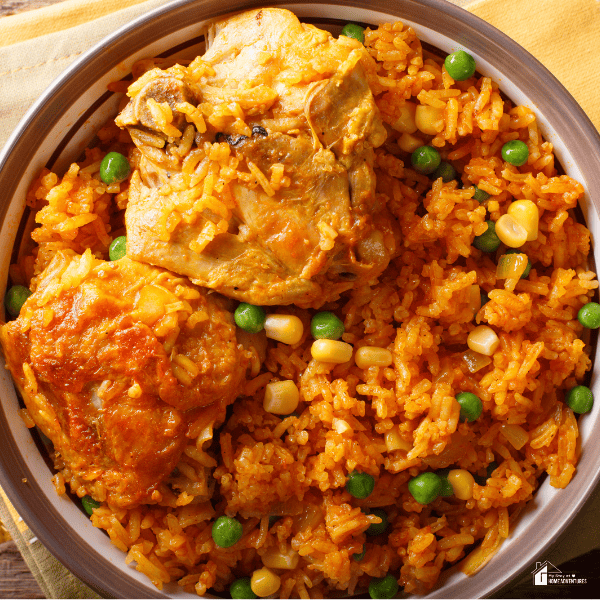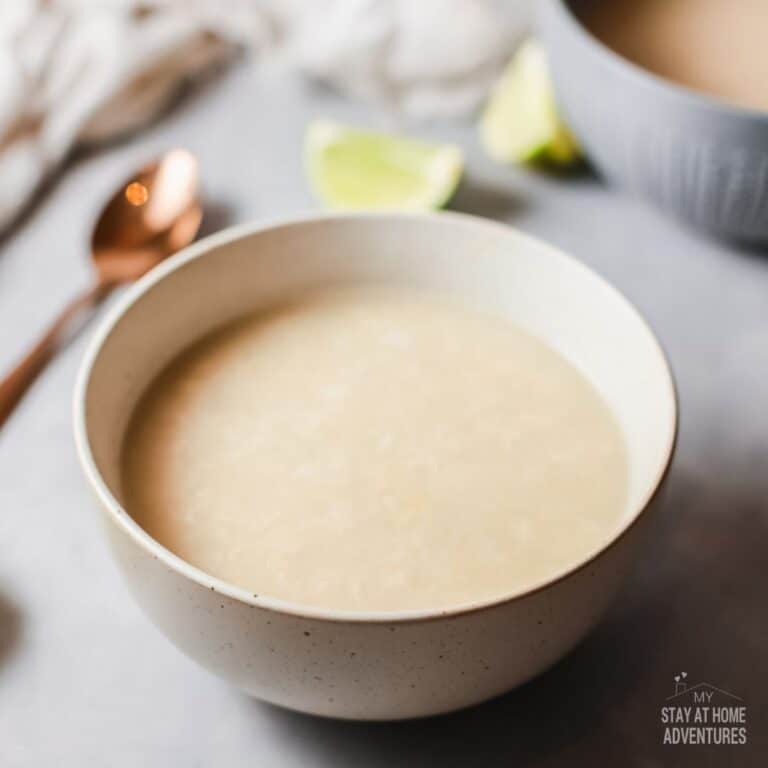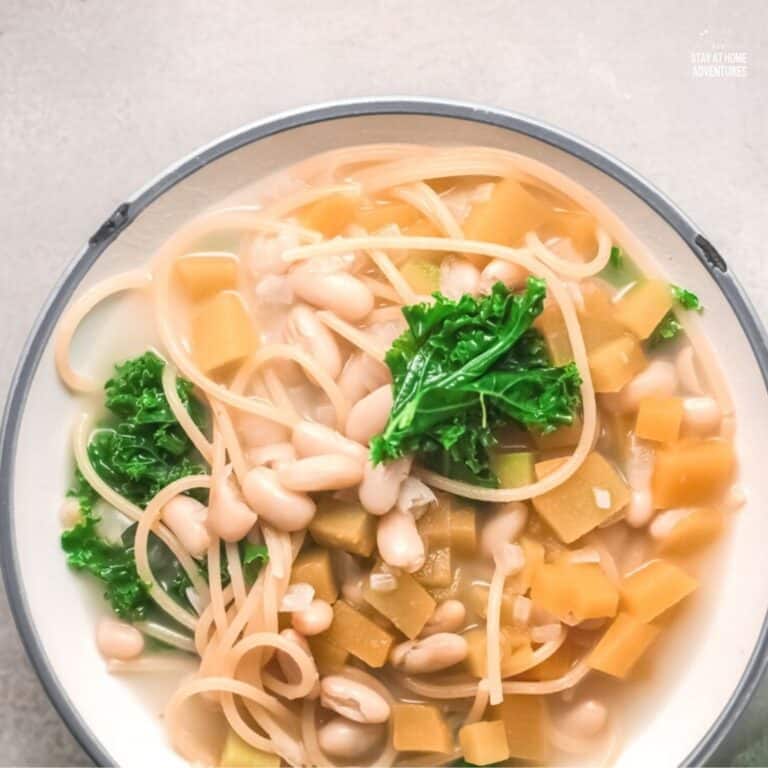Golfeados (Venezuela’s Beloved Sweet Rolls)
This post may contain affiliate links which might earn us money. Please read my Disclosure and Privacy policies hereIf you like sticky buns, you are going to love Golfeados. Golfeados are special sweets from Venezuela. Compared to sticky buns, where the filling is made with butter and sugar, Golfeados filling is made with butter, sugar, and cheese. Of course, you can’t forget the caramel glaze, which gives the dessert the sweetness it’s most loved for. People in Venezuela really love them, and they are a part of their tradition.
When you taste Golfeados, you get a yummy mix of sweet and savory flavors. They're a bit sticky but oh-so-delicious. The combination of flavors and textures in Golfeados makes them unique. A distinct flavor is created by the soft, curled dough packed with cheese, brown sugar, and spices. They stand out due to their sticky texture and sweet-savory combination.
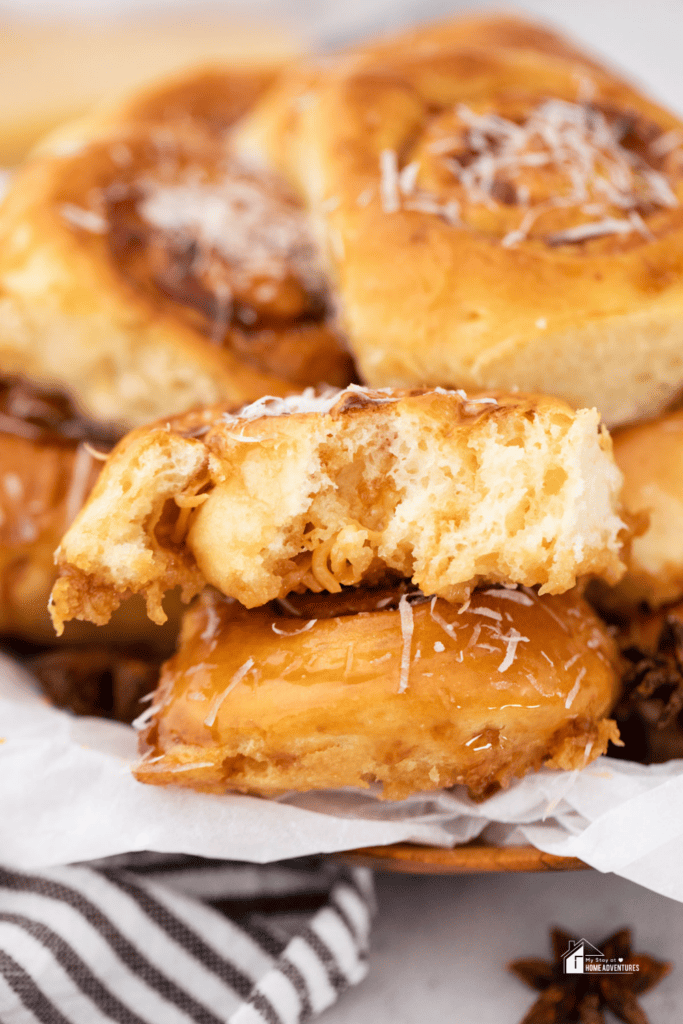
Golfeados Ingredients:
Unlock the sweet and savory magic of Golfeados with this tantalizing lineup of ingredients that will make your taste buds dance. Check out the ingredients below:
Dough:
- Milk
- Butter: Unsalted
- Sugar
- Instant Yeast: Dried
- All Purpose Flour
- Salt
- Aniseed: Lightly Ground
- Egg
Filling:
- Butter: Unsalted
- Gouda cheese: Finely grated
- Brown sugar
Syrup:
- Light brown sugar
- Water: Or you can use orange juice if you want a citrusy flavor
Garnish:
- Parmesan cheese: Grated
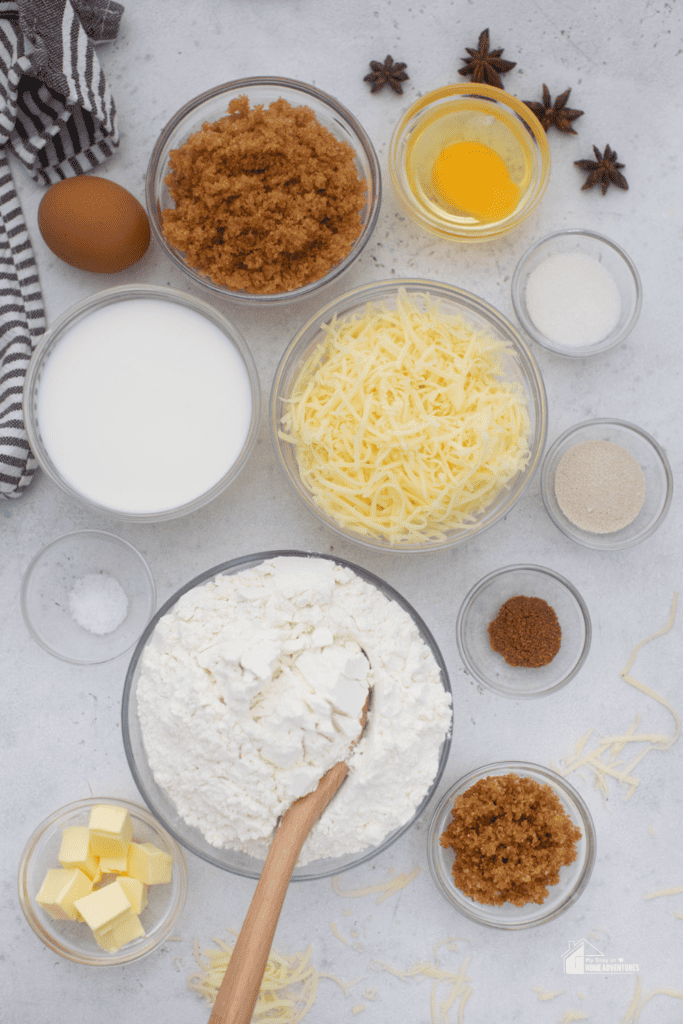
How to cook Golfeados?
With all the ingredients at your fingertips, let's dive into creating these delectable Golfeados.
- Dough Preparation: Heat milk, butter, and sugar in a saucepan until sugar dissolves. Do NOT bring it to a boil. Cool the mixture to warm, then add yeast and let it bloom.
- Mixing and Kneading: In a large bowl, combine flour, salt, and aniseed. Add foamed yeast mixture and egg. Knead on a floured surface until soft but not too sticky.
- Rising and Shaping: Place the dough in an oiled bowl, cover it, and let it rise for an hour until it almost doubles. Roll into a 10-inch square.
- Filling: Spread butter, grated Gouda cheese, and sugar on the dough. Roll it into a log, cut it into slices, and arrange it in a greased dish.
- Second Rise and Baking: Cover and let Golfeados rise for 30-50 minutes. Preheat the oven to 350°F and bake for 30 minutes until golden brown.
- Syrup Preparation: Warm sugar and water in a saucepan and simmer until slightly thickened. Set aside.
- Final Touches: Brush Golfeados with syrup during the last 5-10 minutes of baking. After baking, pour the remaining syrup on top, sprinkle with Parmesan cheese, and serve warm.
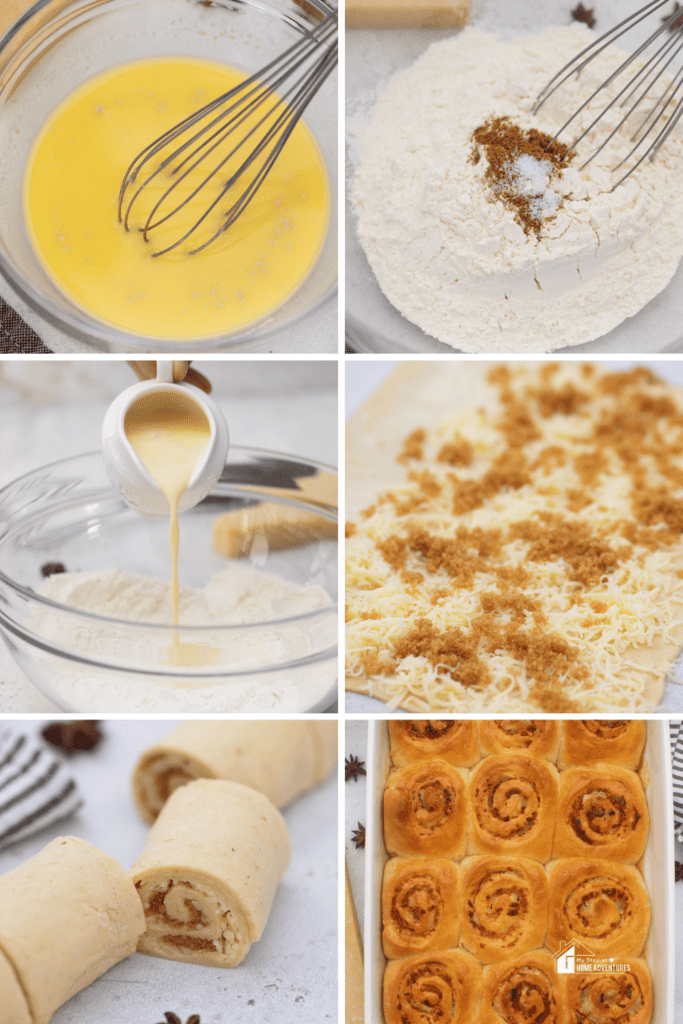
Frequently Asked Questions:
What are Golfeados made of?
Golfeados are made of a soft, sweet dough filled with a mixture of cheese, sugar, and spices. It's soft and stretchy. Other filling options like guava and cheese, indulgent Nutella and banana, and rich dulce de leche offer a diverse and delightful twist. They're all rolled up and baked until golden. When you take a bite, you taste the soft dough with the sweet and cheesy filling.
You might enjoy these posts:
What do Golfeados taste like?
Golfeados are sweet, sticky pastries originating from Venezuela. They have a distinct caramelized sugar taste, with hints of cinnamon, anise, and occasionally a subtle cheese flavor.
The outer layer is syrupy, while the inside is soft and doughy, creating a unique and delightful flavor combination. Some variations may include a subtle cheese undertone, adding a savory element to the overall sweetness. The combination of a sticky, syrupy exterior and soft, doughy interior creates a delightful and memorable taste experience.
What is the history of Golfeados?
The history of Golfeados is rooted in Venezuela's culinary heritage. They have their origins in a blend of Spanish and local influences. The name “Golfeados” is thought to be connected to a term used for people from the Iberian Peninsula.
Over time, Golfeados became a beloved part of Venezuelan cuisine. Families have been making and enjoying them for generations, often during special occasions or gatherings.
Today, Golfeados holds a special place in Venezuelan hearts and tables, symbolizing tradition and the rich blend of influences that define Venezuelan cuisine. They are a delightful testament to Venezuela's enduring legacy of culinary creativity.
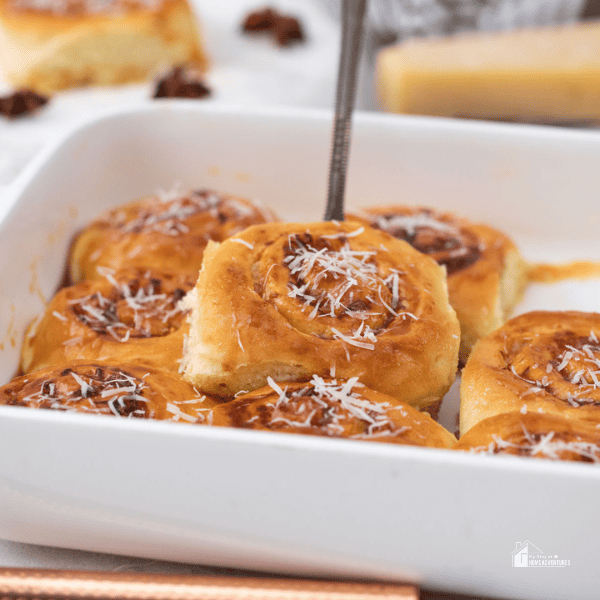
How to store:
To properly store Golfeados, let them cool completely at room temperature. Then, wrap each Golfeado in plastic wrap, ensuring it's snug and sealed. After that, put them in a container that closes tightly, like a box with a lid. If you have a date sticker, write today's date on it and stick it on the container.
Golfeados can be stored in the fridge for about 3-4 days. Enjoying them within this time frame is best to ensure they maintain their freshness and flavor.
For longer storage, consider freezing them. Place the wrapped Golfeados in a resealable freezer bag or an airtight container, and label them with the date. They can be stored in the freezer for 2-3 months. Ensure the freezer maintains a consistent temperature below 0°F (-18°C) to preserve the Golfeados' quality.
Avoid placing the Golfeados near strong-smelling foods in the freezer, as they may absorb unwanted odors. When ready to enjoy them, allow them to thaw in the refrigerator overnight.
If you're in a hurry, gently warm them in the oven at a low temperature. Be sure to keep Golfeados away from moisture and humidity to maintain their delightful texture and flavor. While they can be stored, they are best enjoyed fresh.
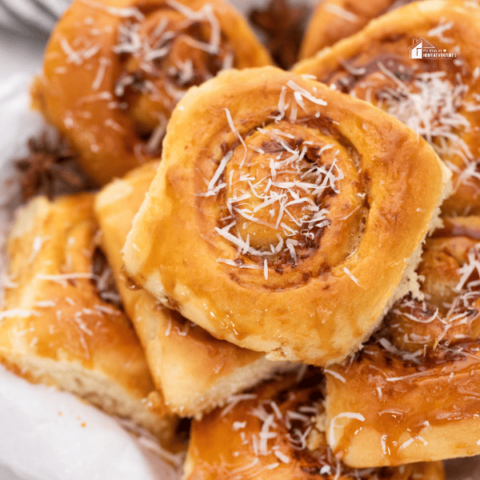
Golfeados
Indulge in the sweet embrace of Golfeados, Venezuelan pastries with a gooey cheese center. A delectable taste of South America!
Ingredients
Dough
- ¾ cup milk
- 2 tablespoons unsalted butter
- 1 1/2 tablespoon sugar
- 1 teaspoon dried instant yeast
- 2 cups all-purpose flour
- ¼ teaspoon salt
- 1 teaspoon aniseed, lightly ground
- 1 egg
For the filling
- 2 tablespoons unsalted butter, room temperature
- 1 1/2 cup finely grated gouda cheese
- ¼ cup brown sugar
- For the syrup
- ½ cup light brown sugar
- ½ cup water, or orange juice if you want a citrusy flavor
Garnish:
- 1/4 cup grated parmesan cheese
Instructions
- In a small saucepan, add the milk, butter, and sugar over medium heat and stir until the sugar dissolves. Do NOT bring it to a boil.
- Let the mixture cool until warm, and then stir in the yeast. Let it bloom for a few minutes.
- Next, add the flour, salt, and aniseed to a large bowl, then add the foamed yeast mixture and egg to the same bowl. Stir to combine. You can also use your hands or a wooden spoon.
- Transfer the mixture to a lightly floured surface and knead for a few minutes, adding flour as needed. It should be soft, like playdough, but not too sticky.
- After that, transfer the dough to a lightly oiled bowl, cover it with a clean kitchen towel, and put it in a warm place to rise for an hour until almost doubled in volume.
- Knock back the dough, transfer it to a working surface, roll it into a square around 10 inches, then spread the butter on top.
- Sprinkle over the grated Gouda cheese, then the sugar, then roll up tightly the dough into a long log, as you would do for cinnamon rolls.
- Cut the roll into around 8-9 slices and arrange them in a lightly greased 9x13 inch baking dish with just a little space between.
- Cover with a clean kitchen towel and leave to rise again for around 30-50 minutes until almost doubled in size.
- In the meantime, preheat the oven to 350 F.
- Bake the rolls for around 30 minutes until golden brown on top.
- In the meantime, make the syrup by stirring the sugar and water in a small saucepan over medium heat. Simmer for about 5-8 minutes until slightly thickened. Set aside.
- Brush the Golfeados lightly with some of the syrup before the last 5-10 minutes of baking. Then, remove them from the oven and pour the remaining syrup on top, distributing evenly.
- Sprinkle them with parmesan cheese and serve warm.
Nutrition Information:
Yield: 9 Serving Size: 1Amount Per Serving: Calories: 345Total Fat: 12gSaturated Fat: 7gTrans Fat: 0gUnsaturated Fat: 4gCholesterol: 59mgSodium: 286mgCarbohydrates: 50gFiber: 1gSugar: 25gProtein: 10g
These nutritional calculations might not be accurate. Please speak with a licensed nutritionist to assist you.

